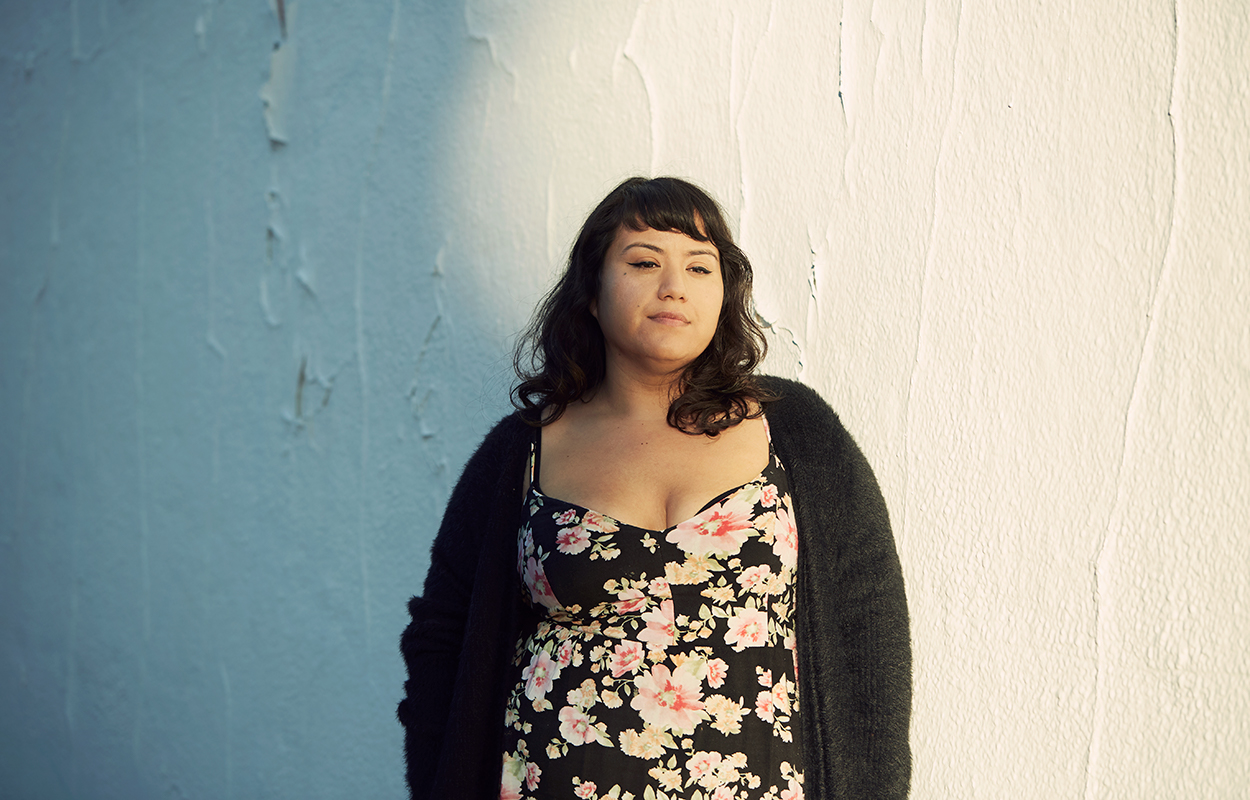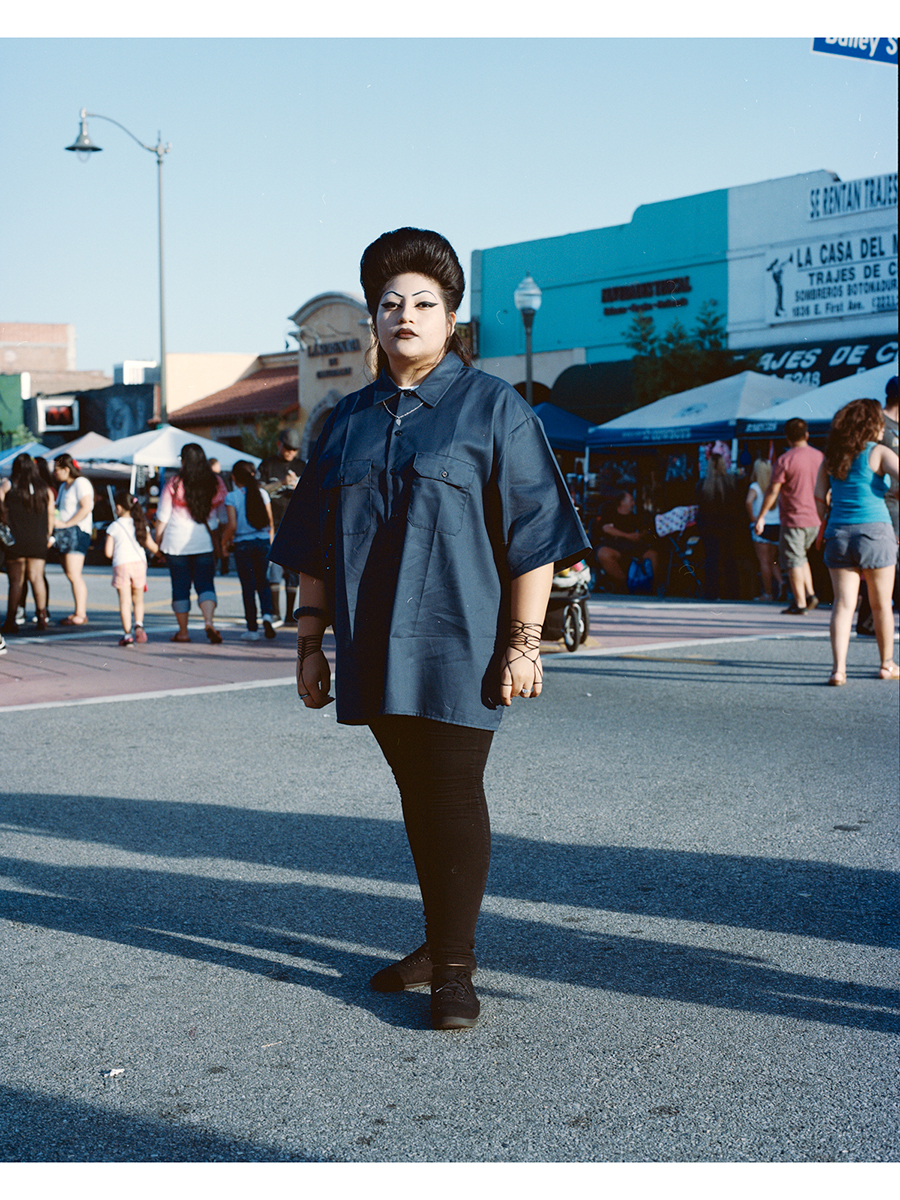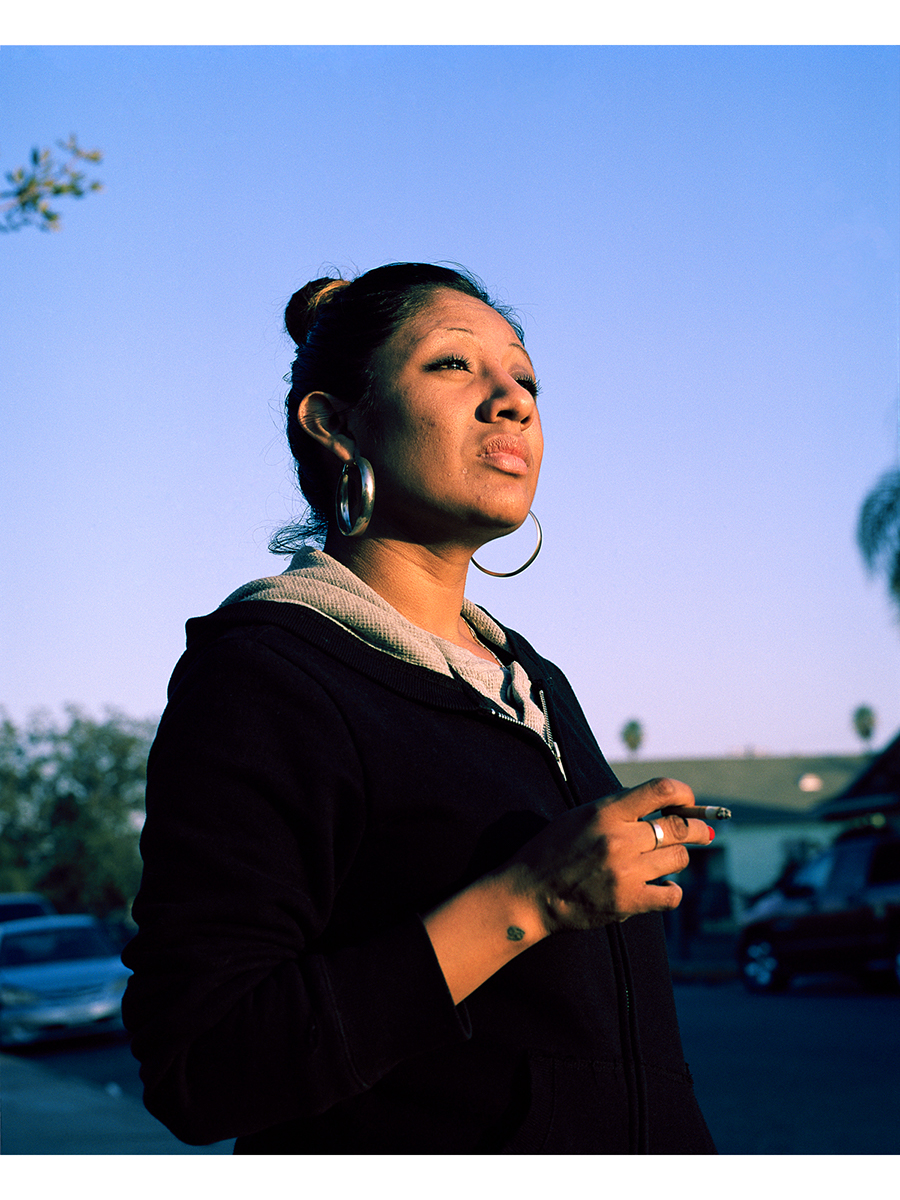In this column, we ask our special projects editor, Bettina Korek, founder of the Los Angeles-based independent arts organization For Your Art, to select something in the world that she believes you should be aware of at this moment.
Star Montana is a Straight Shooter
For this rising L.A. photographer, capturing art doesn’t have to be complicated.
By BETTINA KOREKPORTRAIT BY Yuri Hasegawa
February 20, 2017

In today’s hashtag-driven age, artists have many ways to present context for their work. For her part, artist Star Montana—born to a Mexican-American family in Los Angeles—asks a pressing question: “What does it mean in 2017 that you can label yourself many things, among them #Latino or #Chicano?”
Montana’s photographs are mostly portraits, shot in the homes and streets of Los Angeles’s Eastside. “I connect with subjects that are often forgotten, or photographed looking down on them,” she says. “I don’t see myself above anybody in that way. I like to make eye contact.” This approach produces an intimate yet forceful point of view.

Growing up in the Boyle Heights neighborhood of Los Angeles, Montana was a self-described wild child. But she always understood herself as an observer. “When I was partying, I never liked to be a part of a group; I liked to be slightly outside. Taking pictures was my way of dealing with the world.” Her grandmother provided her with an endless supply of disposable cameras, and a friend introduced her to classes at East L.A. College, where she acquired technical training before transferring to New York’s School of Visual Arts.
In May, an exhibition of Montana’s photographs will open at Beta Main, the preliminary iteration of The Main Museum (the primary location is slated to open in Downtown L.A. in 2020). Its director, Allison Agsten, was drawn to the honest, open manner in which the photographer portrays herself and her surroundings, even online. “She’s willing to express herself where others won’t. Her Instagram isn’t populated with photos crafted for social media likes.” Montana’s vulnerability has even encouraged an active dialogue with followers, who often message her to share their own experiences.

Montana has been in residence at Beta Main since last November, and her project responds to the immediate context of the museum, which is situated near historic Skid Row. It’s an area she knows well: In the late ’90s, when Montana’s grandmother worked at the VA down the street, she volunteered there every summer and witnessed the epidemic of homeless veterans. At the time, many Angelenos avoided going Downtown, but Montana was moved by these marginalized, disenfranchised people. “It influenced how I interpret Downtown and the role it plays in L.A.,” she says.
This isn’t the first time Montana’s work has been recognized: One of her series was on view in an L.A. Metro station for three years, and in 2016 she had a solo exhibition at the Vincent Price Art Museum (VPAM) where she installed a photographic collage that depicted the life of a Latino family in Boyle Heights.
This is part of how Montana bridges a gap she perceives in the art world between high and low cultures, popular and niche audiences. “I think a lot of art is inaccessible to regular people,” she says. “They don’t feel worthy of it. I experienced that a lot.” Montana hadn’t visited a museum until she was 20. For her show at VPAM, “friends asked, ‘Do I have to pay? Do I have to dress up?’ I’m like, ‘No, you don’t have to do anything. Just come.’” To Montana, appreciation is simple.